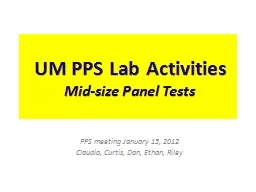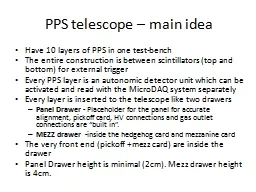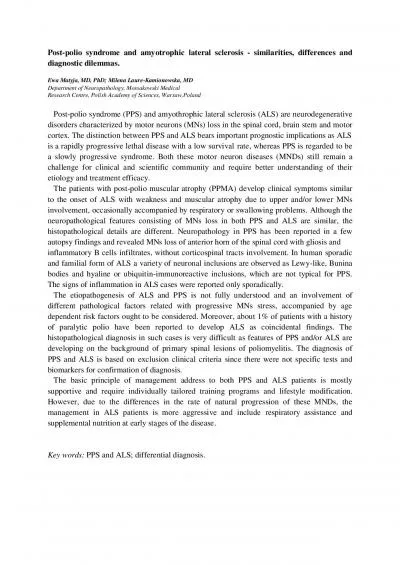PPT-UM PPS Lab Activities
Author : briana-ranney | Published Date : 2016-08-02
Midsize Panel Tests PPS meeting January 15 2012 Claudio Curtis Dan Ethan Riley MP1 Tests January 15 2013 UM PPS Activities 2 Panel rebaked over night at 100⁰C
Presentation Embed Code
Download Presentation
Download Presentation The PPT/PDF document "UM PPS Lab Activities" is the property of its rightful owner. Permission is granted to download and print the materials on this website for personal, non-commercial use only, and to display it on your personal computer provided you do not modify the materials and that you retain all copyright notices contained in the materials. By downloading content from our website, you accept the terms of this agreement.
UM PPS Lab Activities: Transcript
Download Rules Of Document
"UM PPS Lab Activities"The content belongs to its owner. You may download and print it for personal use, without modification, and keep all copyright notices. By downloading, you agree to these terms.
Related Documents














